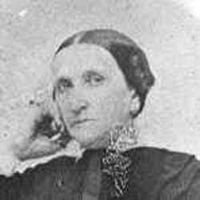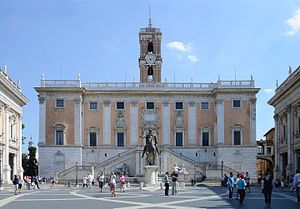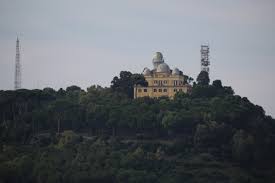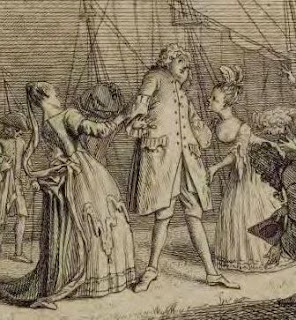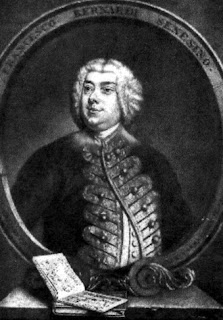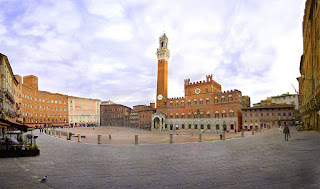Military commander with outstanding tactical talent
| Andrea Doria's portrait was painted by Sebastiano del Piombo in around 1526 |
Because of his successes on both land and sea he was able to free Genoa from domination by foreign powers and reorganise its government to be more stable and effective.
Doria was part of an ancient aristocratic family but he was orphaned while still young and grew up to become a condottiero, or soldier of fortune.
He served Pope Innocent VIII, King Ferdinand I and his son Alfonso II of Naples, and other Italian princes.
Between 1503 and 1506 he helped his uncle, Domenico, crush the Corsican revolt against the rule of Genoa.
Attracted to the sea, Doria fitted out eight galleys and patrolled the Mediterranean, fighting the Ottoman Turks and Barbary pirates, adding to his wealth and reputation along the way.
He then entered the service of Francis I of France who was fighting the Emperor Charles V in Italy and helped him capture Genoa.
| A medal bearing the image of Andrea Doria, who continued to sail in his '80s |
Charles made him grand admiral of the imperial fleet and gave him the title of Prince of Melfi.
As the new ruler of Genoa, Doria imposed a government made up of the city’s main aristocratic families. His reformed constitution for the city was to last until 1797.
He also continued to command naval expeditions against the Turks and helped Charles V extend his domination of the Italian peninsula.
In 1547 a rival family started to plot against Doria and they eventually murdered his nephew, Giannetino, but the conspirators were quickly defeated and severely punished by Doria.
| The house where Andrea Doria was born, overlooking the port in Oneglia on the Ligurian coast |
Doria died in 1560 in Genoa at the age of 93 and left his estate to Giovanni Andrea. The family of Doria-Pamphili-Landi is descended from the famous Admiral and bears his title, Prince of Melfi.
Several Italian and US ships have been named after Andrea Doria. An Italian passenger ship, the SS Andrea Doria, sank off the coast of Massachusetts after colliding with another ship in 1956, causing the deaths of 46 people.
A football club named after him - the Società Ginnastica Andrea Doria, founded in 1895 - was a forerunner of one of Genoa's two major teams, Sampdoria, which was formed in 1946 after a merger of SG Andrea Doria with another club, Sampierdarenese.
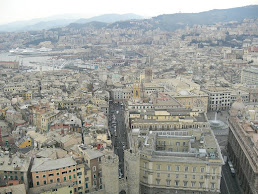 |
| The port city of Genoa has a proud history as a maritime power |
Genoa, which was once ruled over by Doria, is the capital city of Liguria and the sixth largest city in Italy. It has earned the nickname of La Superba because of its proud history as a major port. Part of the old town was inscribed on the World Heritage List in 2006 because of the wealth of beautiful 16th century palaces there.
| Oneglia is part of the larger port of Imperia in Liguria |
Travel tip:
Oneglia, where Doria was born, was a town on the Ligurian coast that had been purchased by the Doria family in the 13th century. It was joined to Porto Maurizio in 1923 by Mussolini to form the comune of Imperia. The area has become well known for cultivating flowers and olives and there is a Museum of the Olive in the part of the city that used to be Oneglia.
More reading:
When Genoa's ships routed the fleet of Pisa
How architect Renzo Piano gave new life to the port of his home town of Genoa
The founding of Genoa Cricket and Football Club
Also on this day:
1485: The birth of writer and stateswoman Veronica Gambara
1954: The birth of Godfather actress Simonetta Stefanelli
1954: The death of tenor Beniamino Gigli
Home




